Stir-fried shrimp is a beloved dish across global cuisines, prized for its delicate texture, mild sweetness, and versatility. However, achieving that coveted balance of tenderness and flavor requires precision, technique, and an understanding of the science behind cooking shrimp. This article delves into the intricacies of stir-frying shrimp, offering actionable tips to elevate your dish from ordinary to extraordinary. Whether you’re a novice cook or a seasoned home chef, these insights will help you master the art of cooking shrimp that’s both succulent and bursting with flavor.
Selecting the Right Shrimp: Quality Matters
The foundation of a great stir-fry begins with selecting high-quality shrimp. Freshness is non-negotiable, as it directly impacts texture and taste.
- Fresh vs. Frozen: While fresh shrimp is ideal, most commercial shrimp is frozen shortly after harvest to preserve quality. Opt for individually quick-frozen (IQF) shrimp, which retains its texture better than block-frozen varieties. Thaw them slowly in the refrigerator, never at room temperature, to prevent moisture loss.
- Size Matters: Larger shrimp (e.g., 16/20 count per pound) are easier to handle and less prone to overcooking. Smaller shrimp cook faster but require vigilance to avoid rubberiness.
- Wild-Caught vs. Farmed: Wild-caught shrimp often boast a brinier flavor, while farmed varieties may be milder. Choose sustainably sourced options to support environmental health.
Preparing Shrimp for Stir-Frying: The Devil Is in the Details
Proper preparation ensures even cooking and maximizes flavor absorption.
- Peeling and Deveining: Remove shells and veins (the digestive tract) using a paring knife or shrimp deveiner. Leaving tails intact can add visual appeal but may impede eating.
- Butterflying (Optional): For plumper shrimp, make a shallow cut along the inner curve to prevent curling during cooking. This technique also allows marinades to penetrate deeper.
- Drying Thoroughly: Pat shrimp dry with paper towels to remove excess moisture. Wet shrimp will steam instead of sear, leading to a mushy texture.
The Science of Marinating: Tenderness and Flavor Unlocked
Marinating is a game-changer for shrimp, tenderizing the meat and infusing it with flavor. However, over-marinating can break down proteins excessively, resulting in a mushy texture.
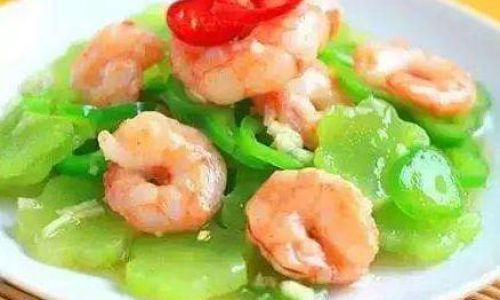
- Baking Soda: A Secret Weapon: A pinch of baking soda (sodium bicarbonate) raises the pH of the shrimp’s surface, denaturing proteins and locking in moisture. Toss shrimp with 1/4 teaspoon per pound and let sit for 15–20 minutes before rinsing thoroughly.
- Cornstarch Slurry: A light coating of cornstarch (1 teaspoon per pound) creates a protective barrier during stir-frying, preventing overcooking and ensuring a velvety texture.
- Aromatic Infusions: Marinate shrimp in a mixture of soy sauce, rice wine, ginger, and garlic for 10–15 minutes. Avoid acidic ingredients (e.g., vinegar, citrus) which can toughen the meat.
Mastering the Stir-Frying Technique: Heat, Timing, and Motion
Stir-frying is a high-heat, rapid-cooking method that demands attention to detail.
- Wok vs. Skillet: A carbon-steel wok’s concave shape and excellent heat retention make it ideal for stir-fries. However, a large stainless-steel or cast-iron skillet can suffice. Ensure your pan is screaming hot before adding oil.
- Oil Selection: Use oils with high smoke points, such as peanut, grapeseed, or avocado oil. Avoid olive oil, which can burn at high temperatures.
- The Three-Step Cooking Method:
- Sear: Add shrimp in a single layer, spacing them apart to prevent steaming. Cook for 1–2 minutes per side until pink and opaque.
- Stir-Fry Aromatics: Remove shrimp and stir-fry garlic, ginger, and chili flakes until fragrant (30 seconds).
- Combine and Finish: Return shrimp to the pan, add sauces, and toss to coat. Cook for an additional 1–2 minutes to meld flavors.
Essential Seasonings and Sauces: Building Complex Flavor
The right combination of seasonings elevates shrimp from bland to brilliant.
- Aromatics: Minced garlic, ginger, and shallots form the flavor base. Sauté them briefly to release their essential oils without burning.
- Sauces: A blend of soy sauce, oyster sauce, and a touch of honey or rice vinegar creates a balanced glaze. For a spicy kick, add Sriracha or chili paste.
- Finish with Freshness: A garnish of cilantro, scallions, or lime zest adds brightness and cuts through richness.
Avoiding Common Pitfalls: Lessons from the Kitchen
Even seasoned cooks make mistakes. Here’s how to sidestep common errors:
- Overcrowding the Pan: Cook shrimp in batches if needed. Overcrowding lowers the pan’s temperature, leading to steaming instead of searing.
- Overcooking: Shrimp cook in minutes. Remove them from heat when just opaque, as residual heat continues cooking.
- Skipping the Marinade: Even a 10-minute marinade improves texture and flavor.
- Using Low-Quality Oil: Cheap oils impart off-flavors and smoke at lower temperatures.
Serving Suggestions: Pairings That Wow
Stir-fried shrimp pairs beautifully with a variety of accompaniments:
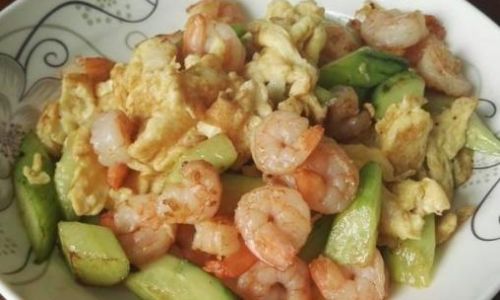
- Noodles: Toss with lo mein noodles, sesame oil, and blanched vegetables.
- Rice: Serve over jasmine rice with a fried egg and pickled vegetables.
- Lettuce Wraps: Wrap shrimp in butter lettuce leaves with hoisin sauce and julienned carrots.
- Tacos: Stuff corn tortillas with shrimp, slaw, and avocado crema for a fusion twist.
Advanced Techniques: Elevating Your Stir-Fry
For those seeking culinary excitement, try these pro tips:
- Velveting: A Chinese technique where shrimp is marinated in egg white, cornstarch, and baking soda, then blanched in oil or water before stir-frying. This ensures unparalleled tenderness.
- Smoking: Add a touch of smokiness by infusing the oil with a dried chili or star anise before cooking.
- Glazing: Finish the dish with a drizzle of honey or a sprinkle of toasted sesame seeds for texture.
Troubleshooting Guide: Fixing Common Issues
- Rubbery Shrimp: Overcooked. Reduce cooking time by 30 seconds and ensure high heat.
- Bland Flavor: Increase marinating time or amplify seasonings.
- Soggy Texture: Overcrowded pan or insufficient heat. Preheat the pan longer next time.
Conclusion: The Joy of Perfectly Cooked Shrimp
Stir-frying shrimp is a dance of precision and creativity. By focusing on quality ingredients, meticulous preparation, and masterful technique, you can transform this humble seafood into a restaurant-worthy dish. Experiment with sauces, spices, and accompaniments to make each stir-fry uniquely yours. Remember, the key to tender, flavorful shrimp lies in balance—balance of heat, time, and seasoning. With practice, you’ll soon find yourself savoring the fruits of your labor, one succulent bite at a time.
Final Word: Cooking is an art, but it’s also a science. By understanding the nuances of shrimp’s composition and the principles of heat transfer, you gain control over the final outcome. So, fire up your wok, gather your ingredients, and embark on a culinary adventure that celebrates the humble shrimp in all its glorious potential. Your taste buds—and your dinner guests—will thank you.
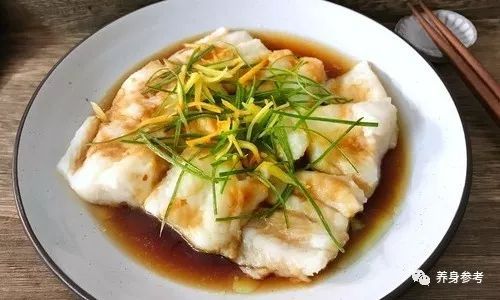

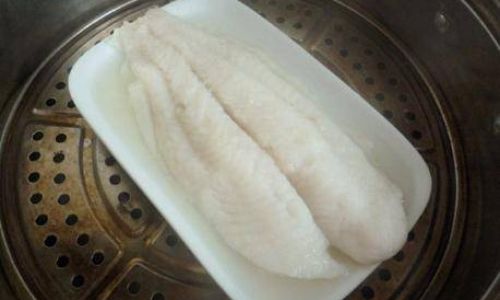
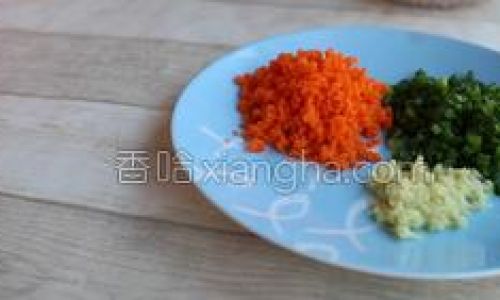

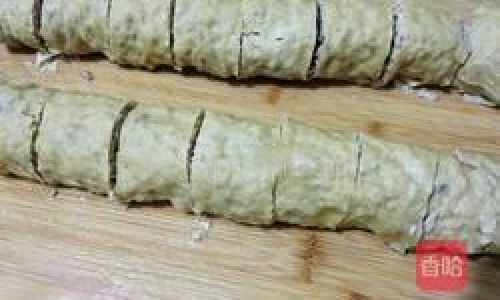
0 comments